
Master Your Stock with Excel Inventory Management Solutions
Welcome to our comprehensive guide on Excel Inventory Management solutions! Here at our company, we understand the importance of stock control and efficient inventory management. That’s why we’ve put together this guide to help you gain control over your stock levels and improve business efficiency. With the help of Excel Inventory Management, you can streamline your inventory management process and gain valuable insights into […]
Read More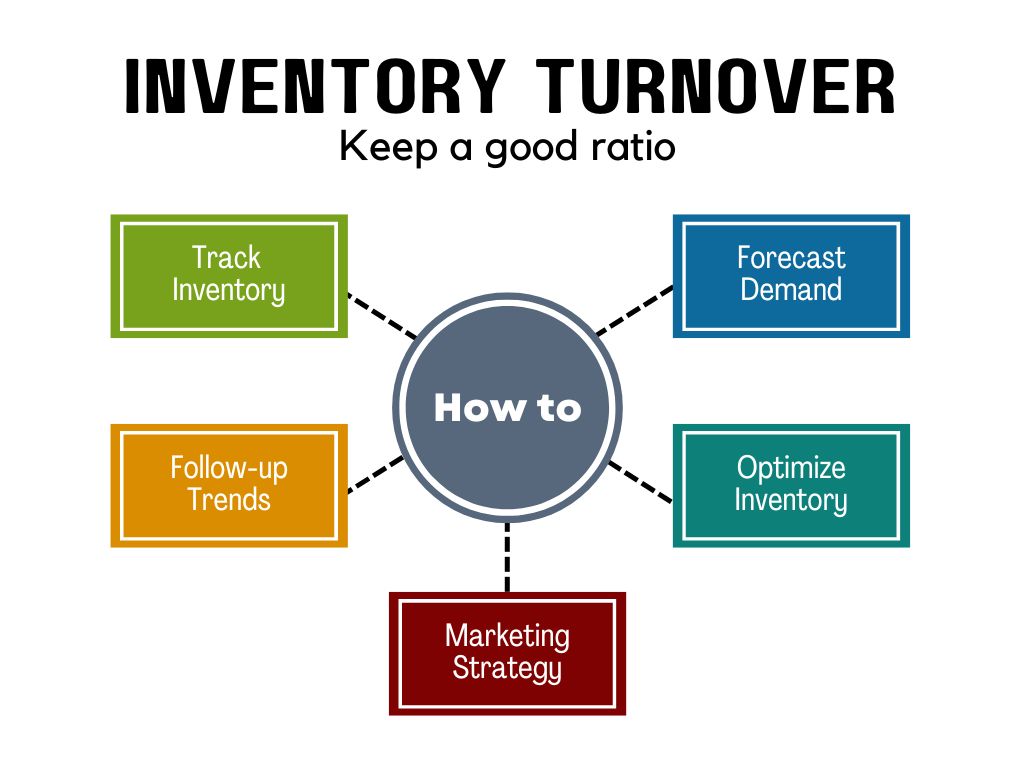
Inventory Turnover Ratio: What Is It? How to Maintain a Good Ratio
Inventory turnover is a ratio that calculates how many times a company’s inventory is sold and replaced in a given time period. It is calculated by dividing the cost of goods sold by the average inventory value for the period under consideration. A high inventory turnover indicates that a company is selling and replacing its […]
Read More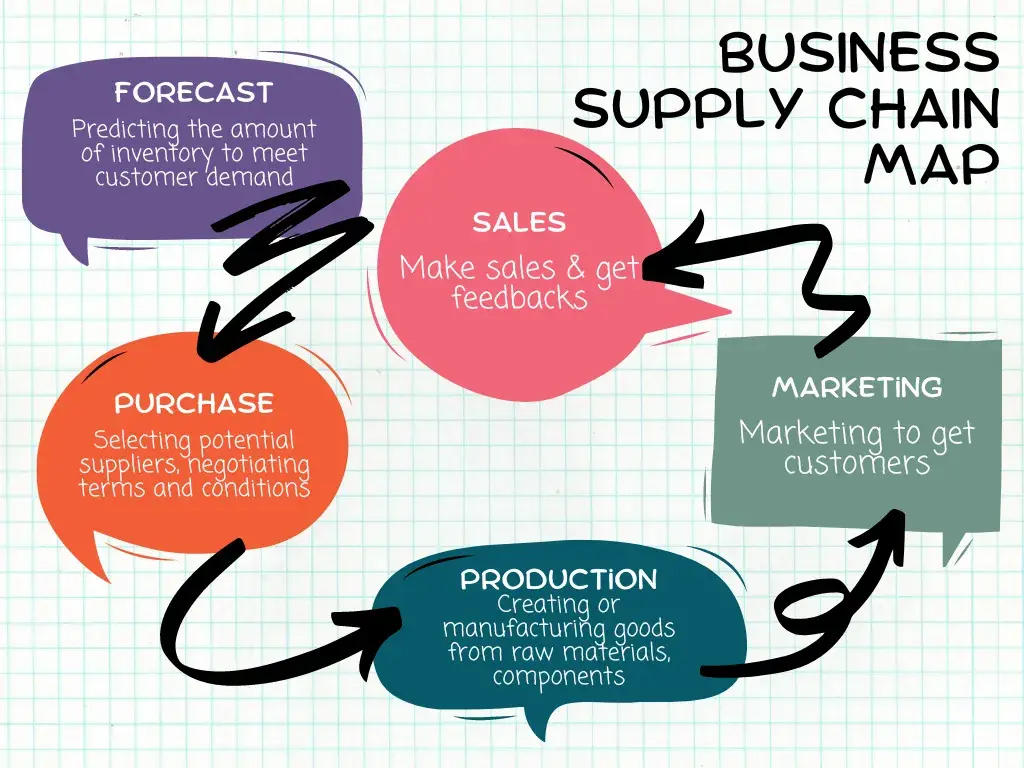
Supply Chain Management – Definition, Process Flow & Best Practices
Supply chain management (SCM) is the process of planning, organizing, and managing the flow of goods and services from the supplier to the customer. It includes all the activities involved in getting a product or service from conception to the end user, such as procurement, manufacturing, warehousing, transportation, and distribution. Did you know that a […]
Read More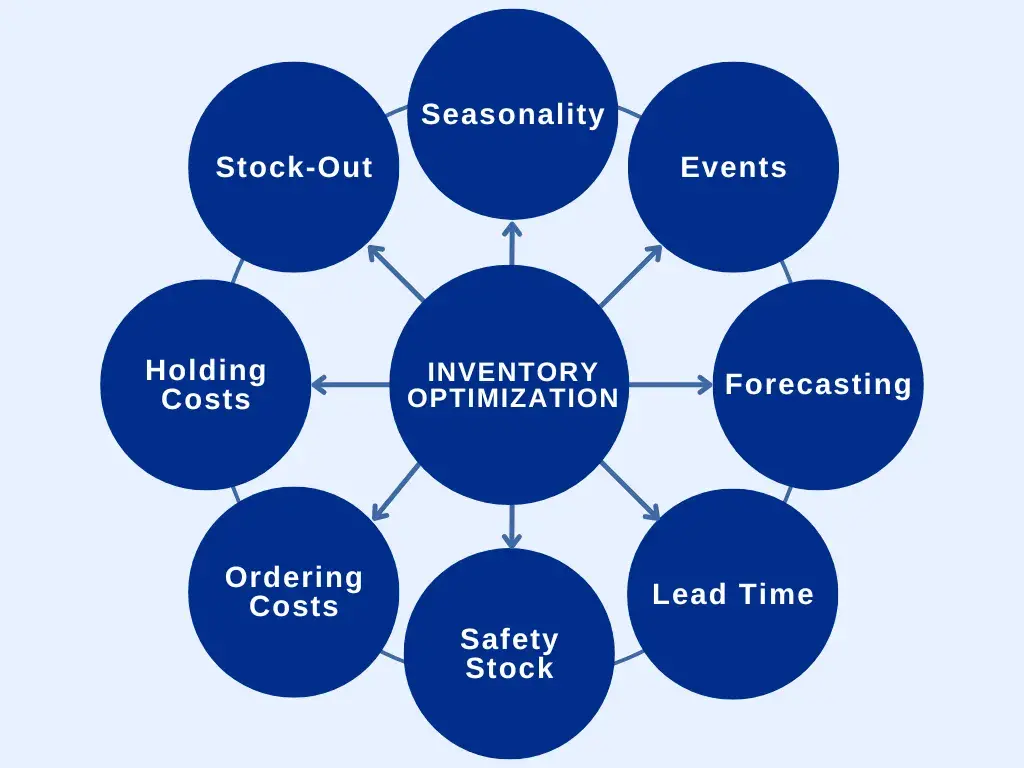
Inventory Optimization: Balancing Supply and Demand
Inventory optimization is the process of determining the optimal levels of inventory to minimize costs and maximize the profitability of a business. It involves balancing the costs of holding inventory with the costs of stock-outs and lost sales due to insufficient stock. “Worldwide cost of inventory distortion (including shrinkage, stockouts, and overstock) is an estimated $1.1 […]
Read More
Demand Forecasting – Importance, Methods & Best Practices
Demand forecasting is the process of predicting the future demand for a product or service. It involves analyzing historical data and other relevant information to make an estimate of how much of a product or service will be required in the future. The purpose of demand forecasting is to help businesses make informed decisions about […]
Read More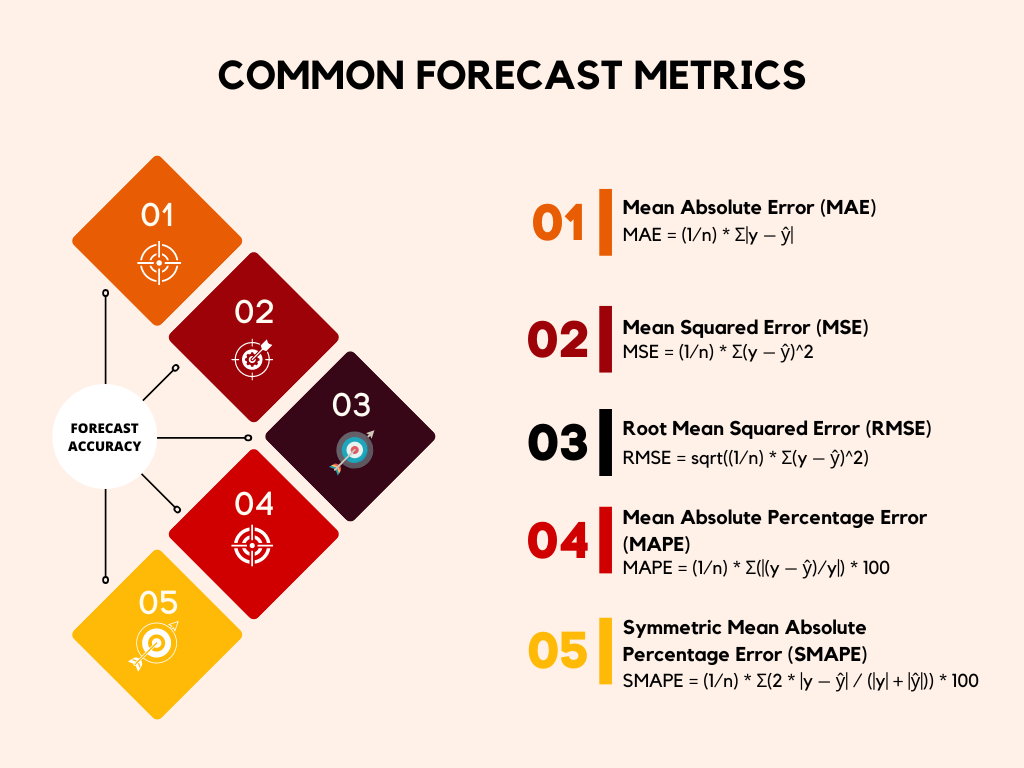
Forecast Accuracy: The Key to Successful Decision-Making
Forecast accuracy refers to how well a forecast or prediction matches the actual outcome. It is a measure of the degree of error between the predicted value and the actual value. In other words, forecast accuracy determines how closely a model’s forecasts align with the actual results. It is a critical metric for evaluating the […]
Read More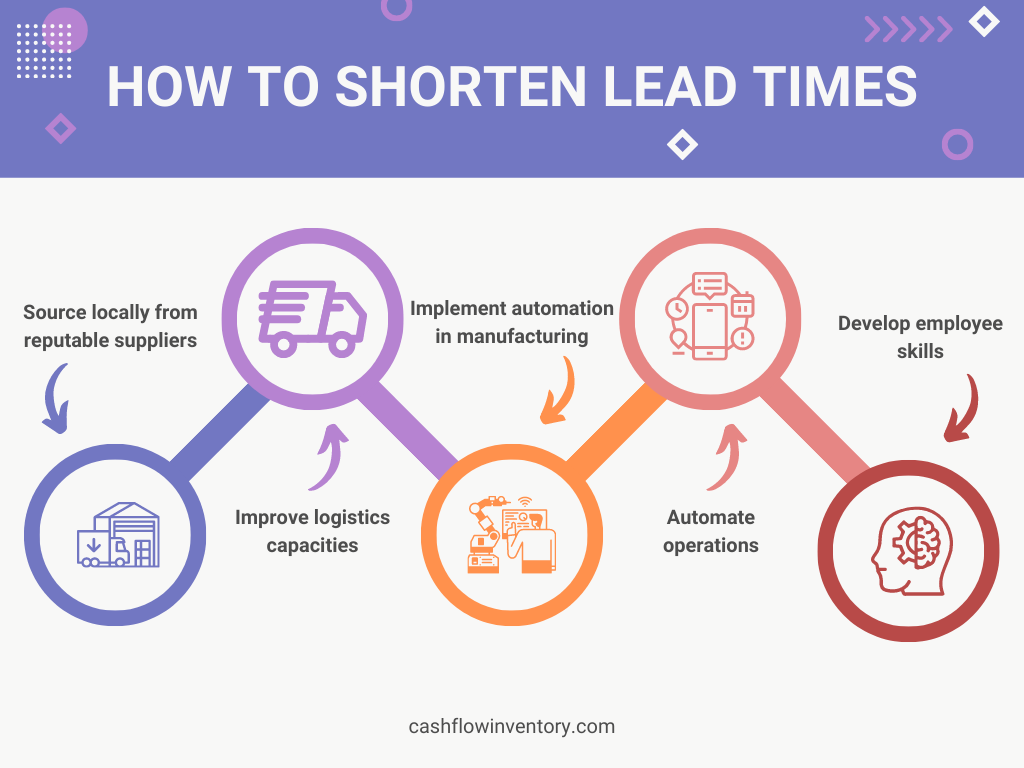
Lead Times Meaning, How It Impacts Your Business, With Example
Lead time is the time needed to complete a process from start to finish. It may be used for various types of operations, including purchase (from the order date to receipt of goods), sales (from the order date to the delivery date), production (from the production order date to the finished goods), project management (starting […]
Read More
Safety Stock – Definition, Importance, Formulas & Implementation
Safety stock is a reserve inventory keep on hand to handle fluctuations in demand and prevent stockout. A stockout is happen when inventory runs out and cannot be replenished in time to meet customer demand. This can be a costly problem, as it can lead to lost sales and unhappy customers. Safety stock can help to […]
Read More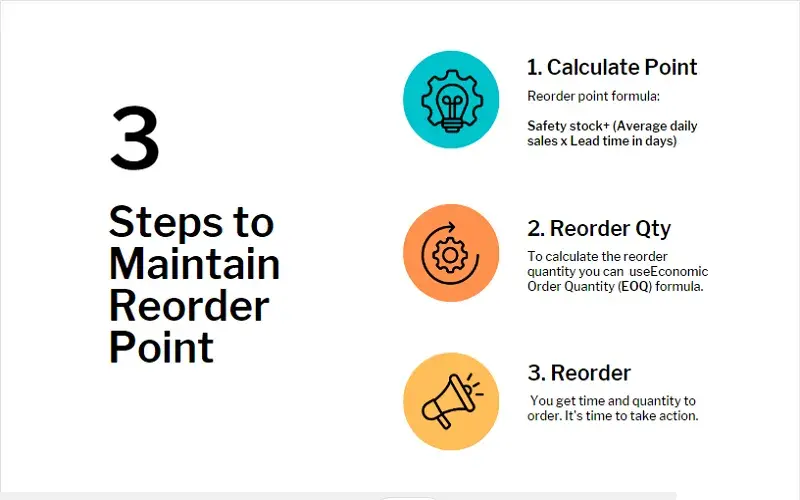
Reorder Point – Definition, Importance, Formula & Implementation
A reorder point is the time when a company needs to restock its supply of raw materials, components, or completed goods. The calculated point based on demands and lead times for repurchase to ensure supply chains. Reorder point is the level of inventory that triggers a replenishment order. It is the minimum level of inventory that a company […]
Read More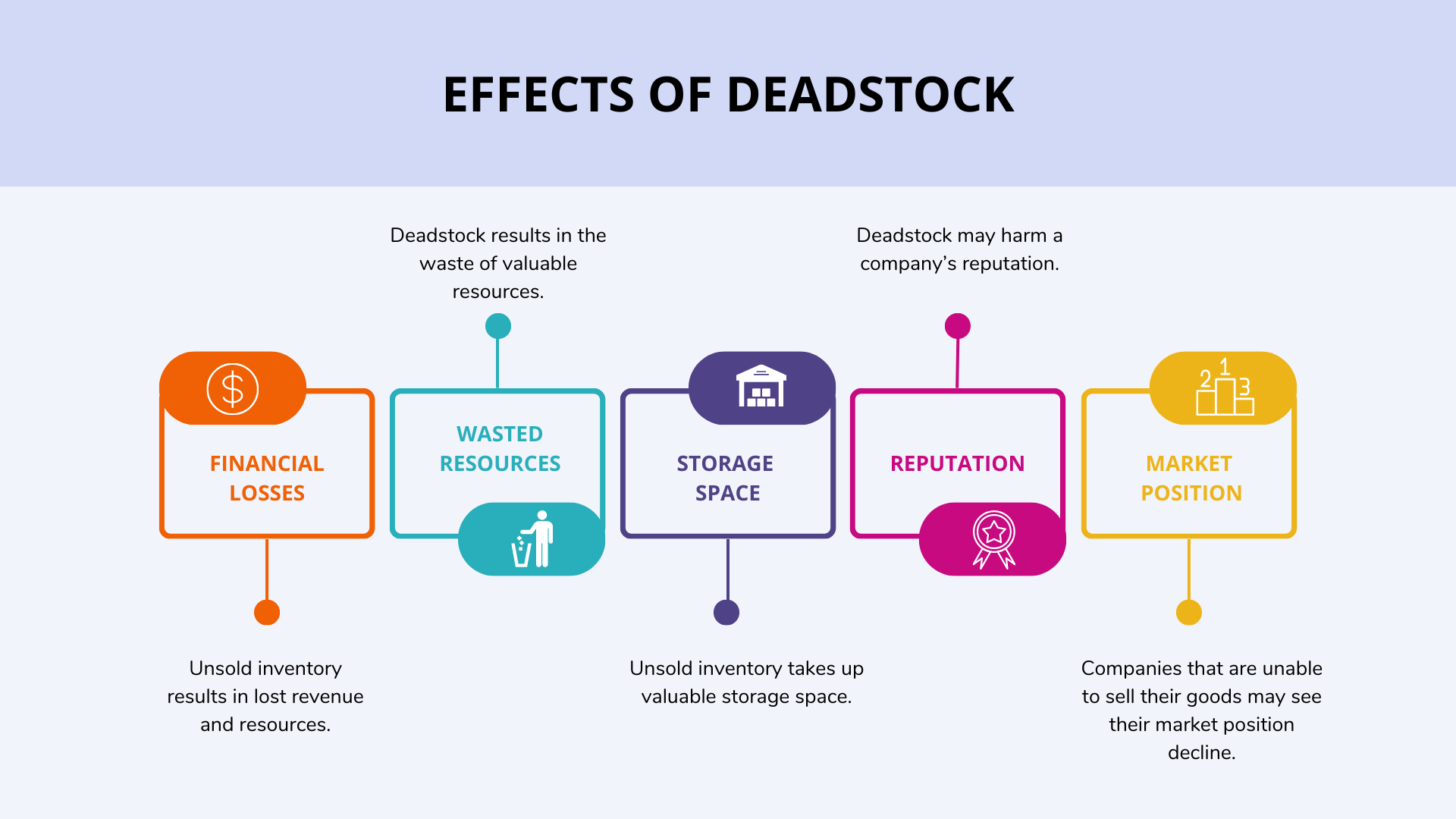
Deadstock Inventory – Meaning, Causes, Effects, & Preventing Strategies
Deadstock inventory is the unsold items for a specific period. The items with no sales for a specific period, like those with no sales for a year, are counted as deadstock, which locked your capital, and warehouse spaces, increased operating costs, and reduced profit margins. Preventing or minimizing deadstock increases your competitive capabilities and can […]
Read More